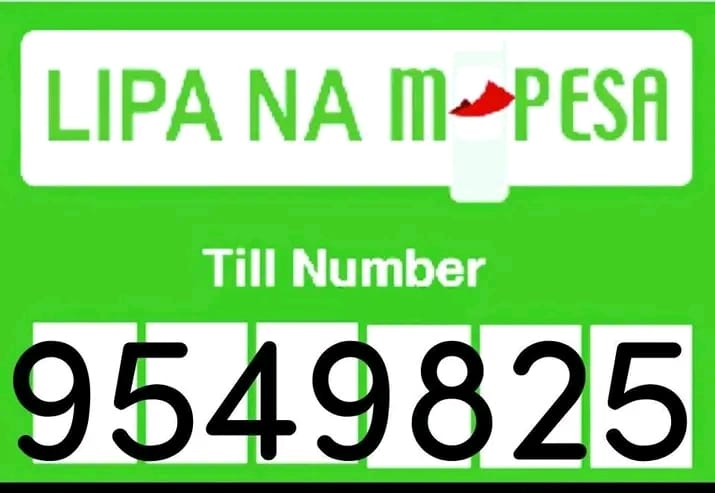
simply amazing, always for you.
Building brand awareness is crucial for any business seeking long-term success. In today’s competitive market, a well-known brand has a significant edge, influencing customer choices and fostering loyalty. This article dives into comprehensive strategies for improving brand awareness, ensuring your business becomes a recognizable name in your industry.

1. Establish a Strong Brand Identity
A compelling brand identity is the cornerstone of brand awareness. It’s what sets your business apart from competitors and creates a lasting impression.
Logo and Visual Design
Your logo is often the first interaction customers have with your brand. Invest in a design that reflects your brand’s personality and values. Use a consistent color palette, typography, and imagery across all platforms to create a unified look.
Brand Voice and Messaging
Your brand voice—whether friendly, authoritative, humorous, or professional—should resonate with your audience. Consistency in tone and messaging across all channels reinforces your brand identity, making it easier for customers to recognize and relate to your business.
Tagline and Slogan
A memorable tagline encapsulates your brand essence in just a few words. Think of Nike’s “Just Do It” or Apple’s “Think Different.” Such phrases help your audience instantly recall your brand.
2. Leverage the Power of Social Media
Social media platforms are indispensable tools for increasing brand awareness. They provide a direct line to your audience and allow for creative storytelling.
Engagement and Interaction
Engage with your followers by responding to comments, participating in discussions, and acknowledging user-generated content. Authentic interaction builds trust and fosters a sense of community.
Platform-Specific Content
Each platform has its unique audience and features. Tailor your content for each:
- Use Instagram for visually appealing posts.
- Leverage TikTok for short, engaging videos.
- Post professional updates and articles on LinkedIn.
Influencer Partnerships
Collaborate with influencers in your niche who have a loyal following. Their endorsement can introduce your brand to new audiences and add credibility.

3. Implement a Comprehensive Content Marketing Strategy
Content marketing is a powerful way to showcase your expertise and provide value to your audience.
High-Quality Blog Posts
Create blog posts that address common pain points or interests of your target audience. Well-researched, SEO-optimized content not only attracts traffic but also positions your brand as a thought leader.
Video Marketing
Videos are among the most engaging forms of content. Whether it’s how-to tutorials, behind-the-scenes clips, or customer testimonials, video content can capture attention and convey your brand message effectively.
Podcasts
Launching a podcast allows you to connect with audiences on a personal level. Discuss industry trends, interview experts, or share insights to establish authority.
4. Maximize SEO and Paid Advertising
A strategic blend of organic and paid efforts can significantly enhance your brand’s visibility.
Search Engine Optimization (SEO)
Optimize your website to rank higher on search engines:
- Research and use relevant keywords.
- Create valuable, evergreen content.
- Ensure your site is mobile-friendly and fast-loading.
Pay-Per-Click (PPC) Campaigns
PPC ads can drive immediate traffic to your website. Platforms like Google Ads and social media channels offer precise targeting options to reach your desired audience.
Retargeting Ads
Use retargeting to remind visitors of your brand after they’ve interacted with your website or ads. This tactic keeps your brand at the forefront of their minds.
5. Build Public Relations (PR) Strategies
Good PR practices can help your brand gain exposure in reputable outlets, boosting credibility and awareness.
Press Releases
Share newsworthy events—like product launches, awards, or significant milestones—with the media. A well-crafted press release can earn coverage from industry publications.
Interviews and Features
Offer insights and commentary to journalists or bloggers. Position yourself as an expert in your field to increase your brand’s visibility in their stories.
6. Host and Participate in Events
Events are excellent opportunities to showcase your brand while engaging directly with potential customers.
Webinars and Workshops
Host webinars or workshops to provide valuable knowledge or skills. These sessions not only promote your brand but also position your company as an industry leader.
Sponsorships
Sponsor events that align with your brand’s values and target audience. This creates positive associations and ensures your brand is prominently featured.
Trade Shows and Expos
Participate in trade shows to network with industry professionals and display your products or services to a captive audience.
7. Collaborate with Complementary Brands
Strategic partnerships can help you reach new audiences without competing for market share.
Co-Branding Campaigns
Collaborate with brands that share your audience but offer different products or services. For example, a fitness equipment company partnering with a nutrition brand can create a mutually beneficial campaign.
Joint Content Initiatives
Produce joint webinars, blogs, or videos with complementary brands to tap into each other’s audience bases.
8. Harness the Power of Word-of-Mouth Marketing
Satisfied customers are your best advocates. Encourage them to spread the word about your brand.
Customer Reviews and Testimonials
Ask happy customers to leave reviews on platforms like Google, Yelp, or social media. Display testimonials prominently on your website to build trust with potential customers.
Referral Programs
Create a referral program offering incentives, like discounts or freebies, to customers who refer friends. This not only rewards loyal customers but also attracts new ones.
9. Build an Engaged Community
A thriving community around your brand fosters loyalty and amplifies word-of-mouth marketing.
Online Communities
Create groups on platforms like Facebook or Discord where customers can interact, share experiences, and seek advice. Actively participate to keep the community vibrant.
Local Engagement
Participate in or organize community events to build goodwill. Local sponsorships, charity drives, or educational initiatives can enhance your brand’s image.
10. Maintain Consistency Across Channels
Consistency is crucial for reinforcing your brand in the minds of your audience.
Unified Branding
Ensure your visual elements, messaging, and tone are consistent across all platforms—your website, social media, ads, and offline marketing materials.
Regular Updates
Keep your content fresh and relevant. Regularly update your website, blog, and social media profiles to stay top-of-mind for your audience.
Real-Life Examples of Successful Brand Awareness Campaigns
To illustrate these strategies in action, here are a few examples:
- Nike’s Social Media Campaigns Nike consistently engages its audience through inspirational stories and user-generated content on platforms like Instagram and Twitter. Their campaigns, such as “You Can’t Stop Us,” highlight inclusivity and perseverance, aligning with their brand identity.
- Coca-Cola’s Co-Branding Initiatives Coca-Cola’s partnership with McDonald’s is a prime example of co-branding. The collaboration reinforces both brands’ market positions and makes their products synonymous with enjoyable moments.
- HubSpot’s Content Marketing HubSpot has built its brand awareness by offering free resources like blogs, templates, and courses, showcasing its expertise in marketing and CRM software.

Support Our Website!
We appreciate your visit and hope you find our content valuable. If you’d like to support us further, please consider contributing through the TILL NUMBER: 9549825. Your support helps us keep delivering great content!
Thank you for your generosity!
